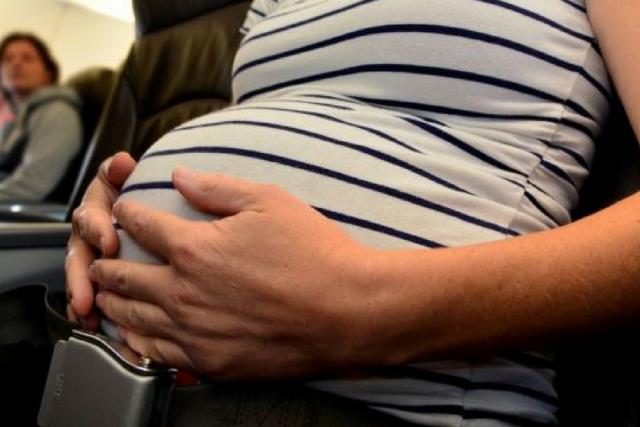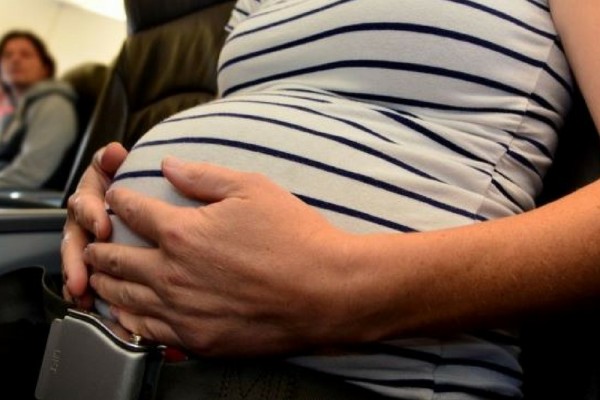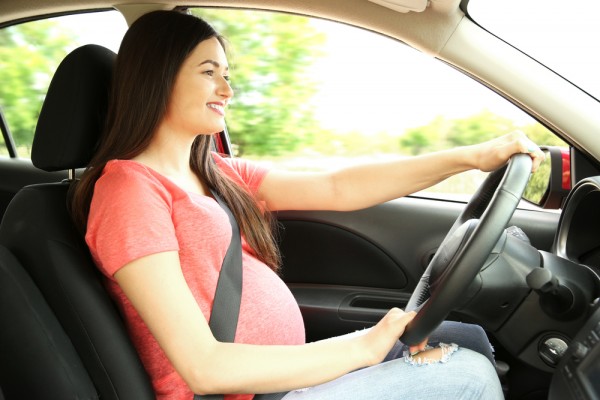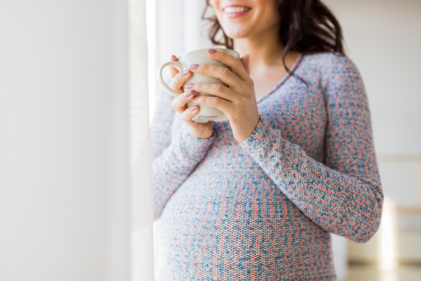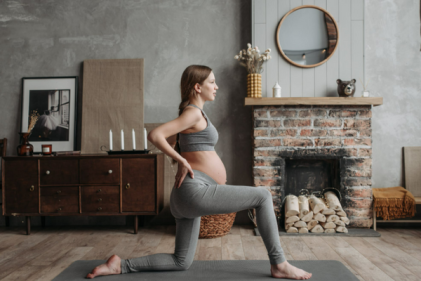Whether it’s going on a road trip in the car or flying overseas, all mums-to-be have questions about travelling while expecting.
This is a brief guide to some of the questions you may have about travelling during pregnancy.
Is it safe?
In general, as long as you don’t have any underlying medical conditions or a high-risk pregnancy, it’s safe to travel throughout your pregnancy.
However, if you have concerns, ask your doctor before booking a trip.
When is the best time to travel?
The second trimester is generally considered the best time to travel, as many women suffer morning sickness during the first trimester and in the third trimester, you find it difficult to get around due to fatigue and weight gain.
Can I fly?
Most women can travel by air up until the end of the third trimester.
The Royal College of Obstetricians and Gynaecologists and the International Air Travel Association recommend that expecting mothers with an uncomplicated pregnancy avoid travel from the 37th week of pregnancy through birth.
For women who have complications with their pregnancy which could cause premature labour, such as expecting twins or triplets, travelling after 32 weeks is not recommended.
Some airlines may request a letter from your doctor to travel after eight months.
Avoid travelling in small planes and if you have to walk around the cabin, hold onto the back of the seats in case of sudden turbulence.
Booking an aisle seat is a good idea, as it will be easier to get in and out of.
Can I travel on a boat?
Again, most women can travel by sea without any major problems however the motion can aggravate morning sickness.
If you are taking medication for seasickness, make sure it does not pose any risk towards your baby.
If you are going on a cruise, review medical facilities on board and check if there will be a doctor on board in case of an emergency.
How can I stay safe on a car trip?
You must always wear a seatbelt during pregnancy, unless your doctor has granted you exemption for medical reasons, according to the RSA.
Pregnant women should not use “lap-only” seatbelts in a car, a regular lap and diagonal belt is the safest method.
The RSA recommend to fasten your seatbelt using the following method:
- Place the diagonal section of the belt across the torso (chest area) with the strap resting over the shoulder, not the neck.
- Place the lap section of the belt flat on the thighs, fitting comfortably beneath the baby bump, and over the pelvis (not the bump).
- Wear the seatbelt as tightly as possible as in this way, the forces applied in a sudden impact can be absorbed by the body’s frame.
These are a few additional tips to make travelling during pregnancy more comfortable.
Wear loose cotton clothing and comfortable clothing.
Bring a copy of your pre-natal records and if you are on any medication, take an adequate supply.
Plan for plenty of rest stops, bathroom breaks and stretches.
Drink plenty of bottled water.
Avoid any food that may not cooked fully.

